Overview
What is an insulation-piercing connector or test lead
An insulation-piercing connector (also referred to as an insulation-piercing clip, insulation displacement connector, piercing probe, or wire tap) is often constructed as a standalone connector or adapter. These connectors can also be soldered or crimped to a wire or cable to create test leads and cable assemblies. The piercing connector has a needle or multiple needles that pierce the wires outer insulation jacket to access the wires internal (single or multi) conductor for testing. By activating the needle(s) upon wire contact, diagnostic testing is able to occur as an instant connection is created to your DMM (digital multimeters), safety analyzers, circuits/boards, or other testing equipment. This non-invasive testing is perfect for hard to reach wires and also eliminates the time consuming and destructive nature of strip or cutting wire to access the conductor for testing. Upon removal of the needle(s), only a small incision(s) or hole(s) is left, ensuring wire integrity is maintained. To activate the piercing needle, connectors generally have manual screw tightening devices or a simple spring activation. Insulation-piercing components provide users with a fast, easy-to-use installation onto wire. E-Z-Hook manufactures both hand-held and deployable connectors in various sizes and needle bed configurations.
Types of insulation-piercing connectors
The connection method is a principle factor that affects a connectors performance and the reliability of the connection. Sufficient force to hold the contact interface in place is critical to ensure a strong and reliable connection for electrical testing. Connection methods typically suit different applications and those commonly available include a thumb screw lock or spring-loaded device pressured by hand force. Some will combine two of the methods to maximize the connection pressure and/or security. Selecting the correct insulation-piercing connector that is designed for the wire diameter being pierced is vital to solid and reliable connections. Wires must sit in the center of the needle tip in order for the needle(s) to pierce the center of the wire for solid connection. If the needle or needle cluster is too large, piercing a small diameter wire can be difficult or result in a poor connection or wire damage. If the connector tip is too small it may not provide proper contact in a larger diameter wire.
Different Features:
- Contact style: single or multi needles
- Connection: screw or spring-loaded/hand force
- Material: contact needle
- Pierces: differing wire gauge compatibilities
- Termination: banana socket, pin socket, threaded post, wire exit hole
Contact Tip Shape: The shape of the contact tip on a connector is designed to assist with the positioning and piercing of the wire. For single or small quantity of needles, this generally takes the form of a ‘V’ or ‘U’ shape at a radius accommodating specified wires sizes to sit centrally positioned under the needle(s). It is also common to find flat surface or jaw style designs, ensuring that the needles are evenly pressed into the wire upon actuation. ‘V’ shaped tips are the most forgiving when interchanging with a wide range of wire sizes as it more easily centers wire prior to piercing.
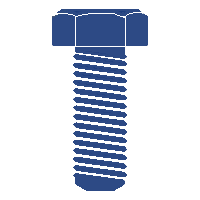
Thumb Screw Connection: This connection is more reliable once locked into place with a more secure and manually controlled tightened clamp. This makes an ideal solution for longer electrical testing periods, however, thumb screw components are slower to install than both spring-loaded and hand force piercing connectors. This connection style requires reasonable access to wire in order to ensure users are able to tighten the piercing connector for a solid connection.
Spring-Loaded Connection: This connection uses the tension or mechanical energy of the spring sinking the needle into the wire insulation to create a contact with the wire conductor. Springs are elastic, meaning elastic components return to their original shape and size once pressure or force has been removed, the same force used to deform the component in the first place in order to achieve desired shape for use. The tension of the spring depends on the size, material, and coil numbers.
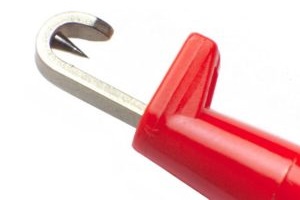
How many needles are there?
Insulation-piercing contacts can either have a single needle or be designed with multiple needles. Multiple needles are often referred to as a bed of nails, needle clusters or nail bunch. and can have a range of needle numbers. The quantity of needles included is really based on the requirements. E-Z-Hook currently offers piercing solutions with anywhere from 1 to 42 needles. Needle clusters are recommended on smaller gauge cables, as it increases the reliability of making a positive connection as it is easy for a single needle to miss the internal wire conductor.
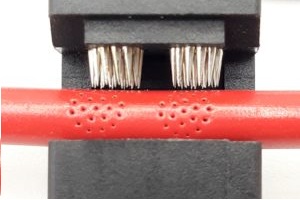
What industries use these solutions and how they are applied?
Automotive
Defense
Aerospace
Electrical & Energy
Medical
Education
Insulation-piercing components are popular solutions utilized in many industries to obtain electrical measurements. These testing accessories are applied in diagnostics, telecoms and network cables, security alarms, decoders, analyzers, meter testing equipment, battery testing, welding, earthing, bonding and grounding applications, aircraft vehicle wiring looms, electronic locks, circuit boards & breadboard circuits, harness board connections, experimental wire hookups, audio installer, fuse box, to preset circuits, modules, components, and burn-in boards, and much more. Insulation-piercing components are widely seen across all industries for testing diagnostic solutions. In particular, these wire piercing components are popular in electrical testing automotive and EOD accessory kits.
Benefits of Piercing Wire
No more stripping or cutting wire to access wire conductor
Non-invasive testing for safer live environment diagnostics
Easy to test in hard to reach places by testing in the middle of wire
Small incision upon needle removal to maintain wire integrity for long-lasting use
Single Needle Components
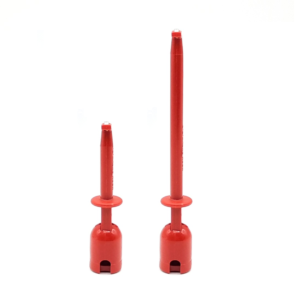
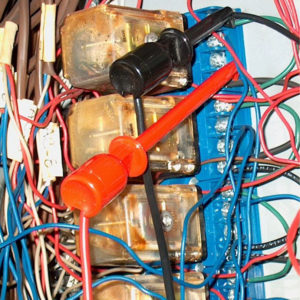
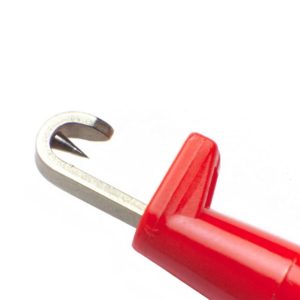
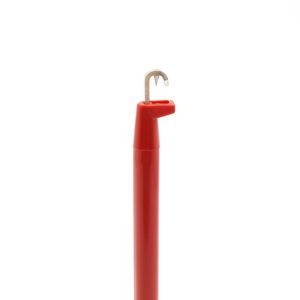
pierces wire 22-12 AWG wire
termination accepts 22-14 AWG wire via crimp or solder connection
Macro Test Hook
This heavy-duty macro-hook is available in short (XJ) or long (XJL) lengths. The rounded bend of the test connector blade allows connection to larger gauges as well as your smaller wires. The hypo-action, spring-loaded, operation makes this product an easy to use and fast installation tool. This test-hook is ideal for testing in hard to reach areas where manual pressure cannot be applied; just release the pressure from the hook end to pierce wire. Features a single nickel-silver needle. Heavy-duty test hook ideal for connections over large leads, lugs and terminals.
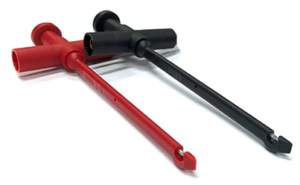
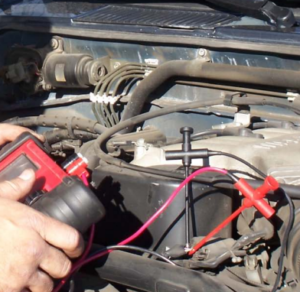
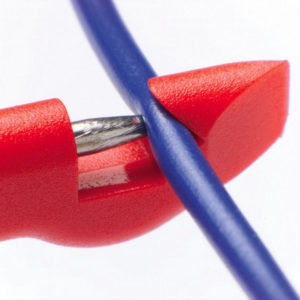
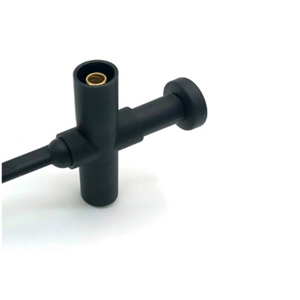
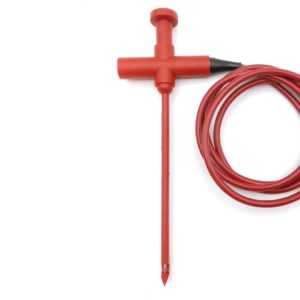
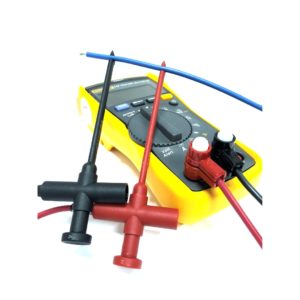
pierces wire 28-14 AWG wire
accepts both (un)shrouded standard 4 mm banana socket; factory installed leads available
Macro Test Hook Adapter
The chisel-tip slim design makes it easy to isolate wire to separate nested bunched wires and quickly select the wire to be tested. The V-groove angle of the tip helps the user grab and center the selected wire prior to actuating the piercing needle ensuring contact is made on the first try. Designed with a shrouded banana socket on either side of the test connector T-handle to provide flexibility, allowing technicians the ability to plug leads in from either side to be used as a continuous jumper). This test hook can be sold soldered onto a test lead with most E-Z-Hook connectors. Famous in the automotive, electrical, and defense industries.
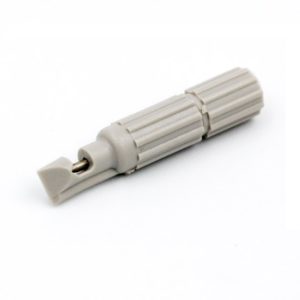
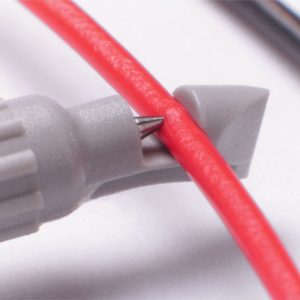
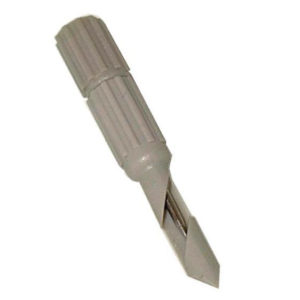
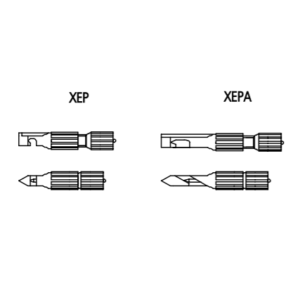
pierces wire 24-20 AWG wire
0.03″ pin plug accepts 0.03″ diameter socket for connection to test lead
Micro Test Hook Adapter
This small, heavy-duty test clip, less than one inch long, is available as a straight (XEP) or angled (XEPA) contact tip. The piercing needle is activated via a thumb screw which makes the hook shorter the tighter you screw the needle into the wire insulation. The contact tip features a V-groove design perfect for separating wire bundles and centering wire for instant connection on the first try. Single stainless-steel needle. For use with 0.03 in (0.76 mm) pin plug patch cords and jumpers or as an adapter to use with other test lead combinations.
Multi Needle Components

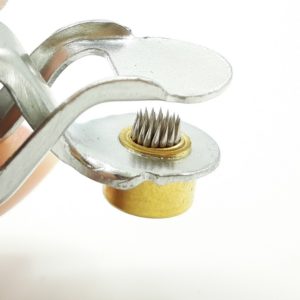
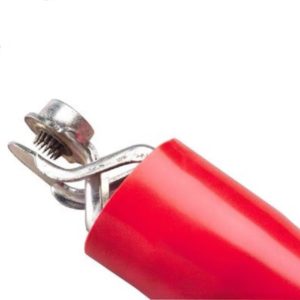
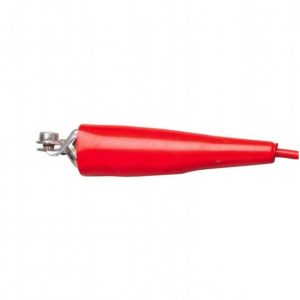
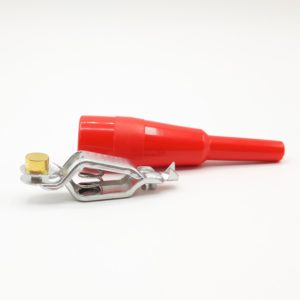

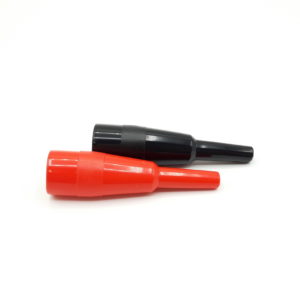
pierces wire 24-14 AWG wire; 28-35 needles
termination accepts up to 12 AWG wire via crimp or solder connection
Alligator (Crocodile) Clip
This extra-heavy-duty test clip (often called center squeeze or center spring clip) has a tight no-slip grip on wire for secure connections with a single compression spring that is more durable than standard springs. The clip features bolt wire termination with a 6-32 screw with two clenching ears for strain relief on wire insulation. Also sold separately, unless sold on a test lead, are PVC insulation boots that fit right over the clip. Made for temporary electrical connections by clipping onto components such as automotive analyzers, meter testing equipment, battery testing, welding, and earthing, bonding, and grounding applications.
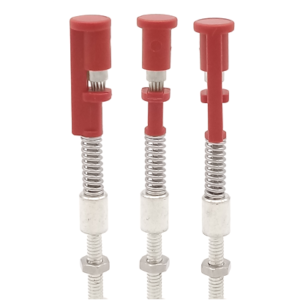
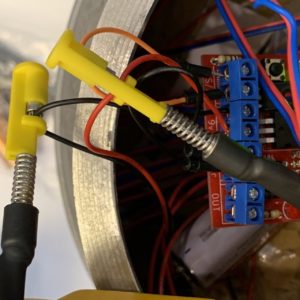
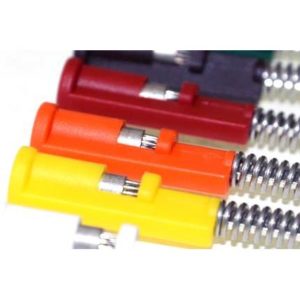
pierces wire 24-18 AWG wire; 17-21 needles
available on 4-40, 6-32, 8-32, of 10-32 threaded post; factory installed leads available
Nail Clip Test Terminal
Wires can be inserted from multiple angles within the 180 degree opening. Finger pressure easily actuates product into open position. Part is available with 4 different threaded post sizes. The secure wire clamp prevents sliding during testing. Most popular uses include breadboard circuits, experimental wire hookups, and harness board connections to preset circuits, modules, components, and burn-in boards. Nickel-plated steel and brass bed of nails. This harness board nail clip is also sold on custom test lead. This all-around slim clip is perfect for fitting in tight spaces or where space is limited.
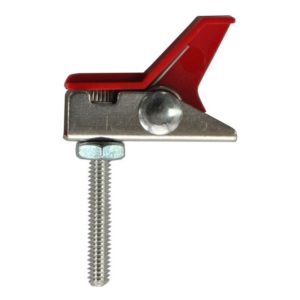
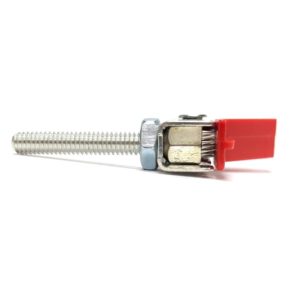
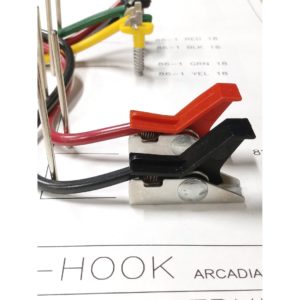
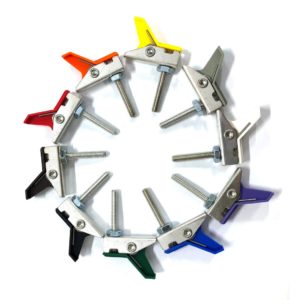
pierces wire 24-14 AWG wire; 28-35 needles
termination 8-32 threaded post; factory installed leads available
Nail Clip Test Terminal
Wires can be installed from three different sides. If more than wire is to be held in the same clamp, use the same wire AWG and insert from the front only. The secure clamp prevents sliding contacts during testing. Most popular uses include breadboard circuits, experimental wire hookups, and harness board connections to preset circuits, modules, components, and burn-in boards. Tin-plated steel bed of nails. This harness board nail clip is also sold as on custom test lead. This slim-width clip is perfect for side-by-side connections.
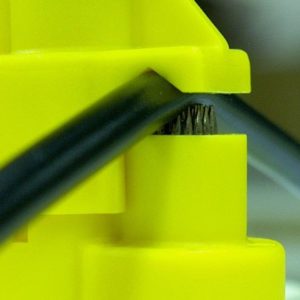
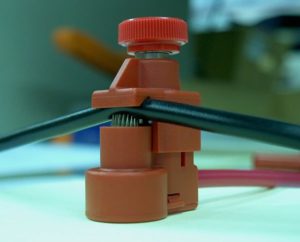
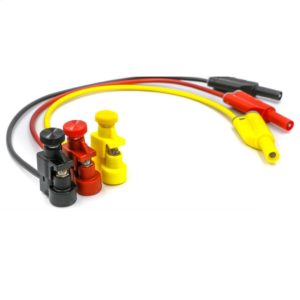
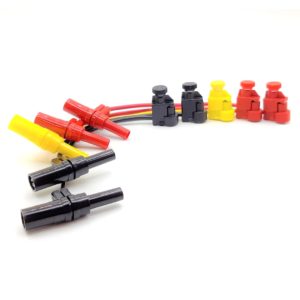
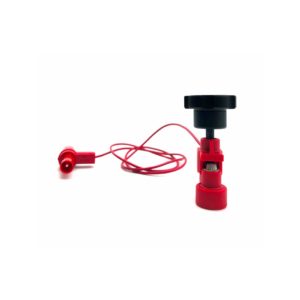
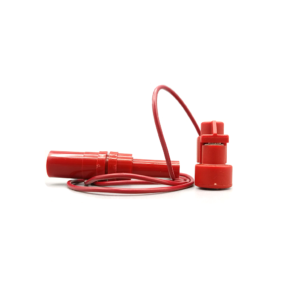
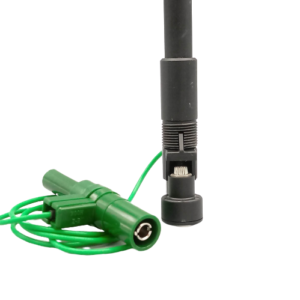
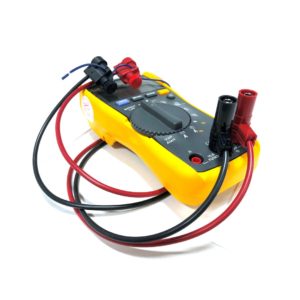
pierces wire 24-20 AWG wire; 28-35 needles
available with factory installed test leads
Single Bed of Nails, Screw on Wire Clamp
This test lead has a wire clamp with a single bed-of-nails needle cluster. The tightening thumb screw gives users more control on how tight to secure the wire with the needles. The original design of this test lead pairs with a standard 4 mm stacking shrouded banana plug to banana socket (jack). Other modifications have since been sold such as a deployable test lead, a different or no connector end, color, lead length, or wire gauge. Contact the plant for custom solutions.
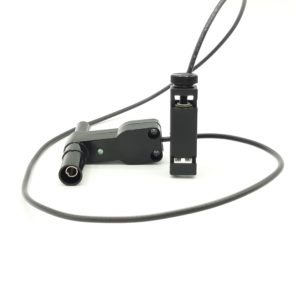
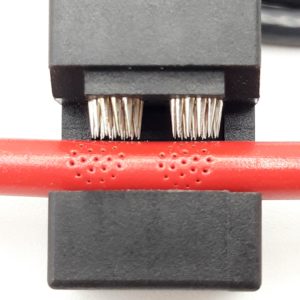
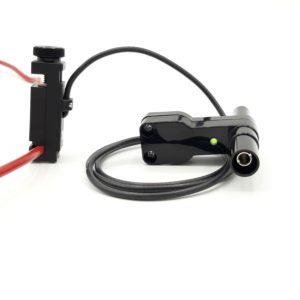
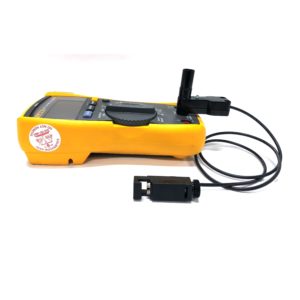
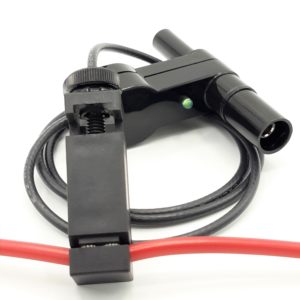
pierces wire 24-14 AWG wire; 34-42 needles
test lead has an LED banana plug and socket termination; other factory installed leads available
Double Bed of Nails, Screw on Wire Clamp
This test lead has a wire clamp with a double bed-of-nails needle cluster for reinforced connection. The tightening thumb screw gives users more control on how tight to secure the wire with the needles. The original design of this test lead pairs 24 inches PVC wire with a standard 4 mm stacking shrouded banana plug to banana socket (jack). The banana plug contains a green LED that lights up once a connection has been established for easy use. If you are looking for a different test lead combination including a different or no connector end, color, or lead length, wire gauge, and more, contact the plant for custom solutions.
Insulation-Piercing Alternatives
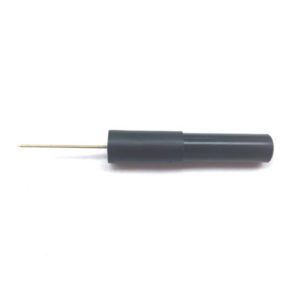
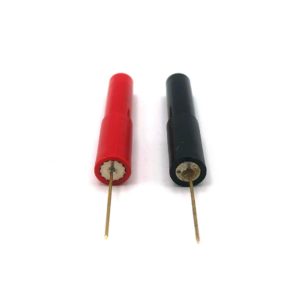
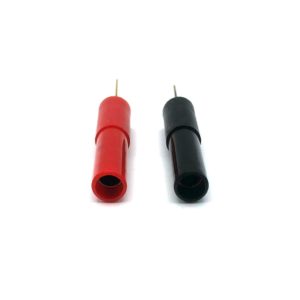
Back Probe
Back probes (also called back pinning) are an alternative method for piercing wire while still avoiding stripping or cutting wire insulation to access the conductor. Back probes needle contact tip is inserted in-between the wire insulation and the conductor to achieve instant connection. For this connector, users must be able to access the end of wires.
Popular Piercing Test Lead Combinations



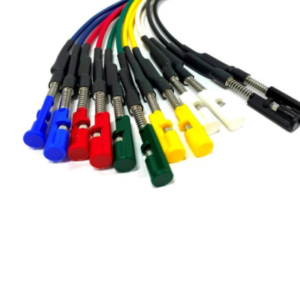
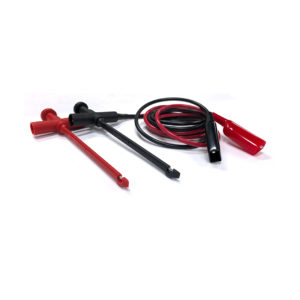
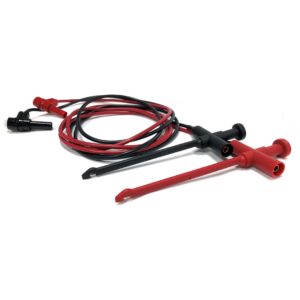
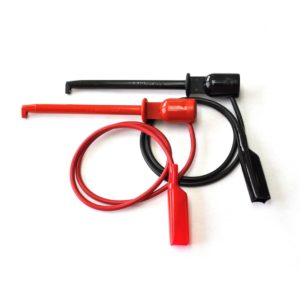
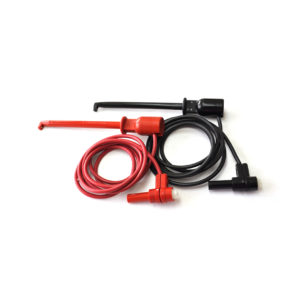
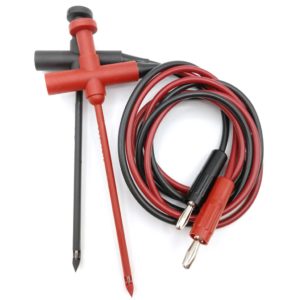
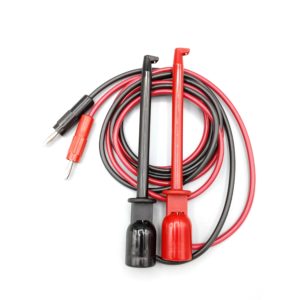
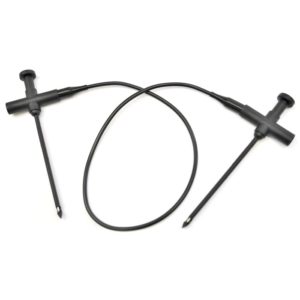
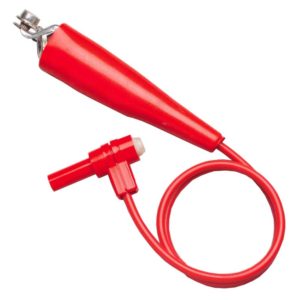
Specifications
What Customers are Saying About E-Z-Hook Insulation Piercing Test Hooks and Connectors

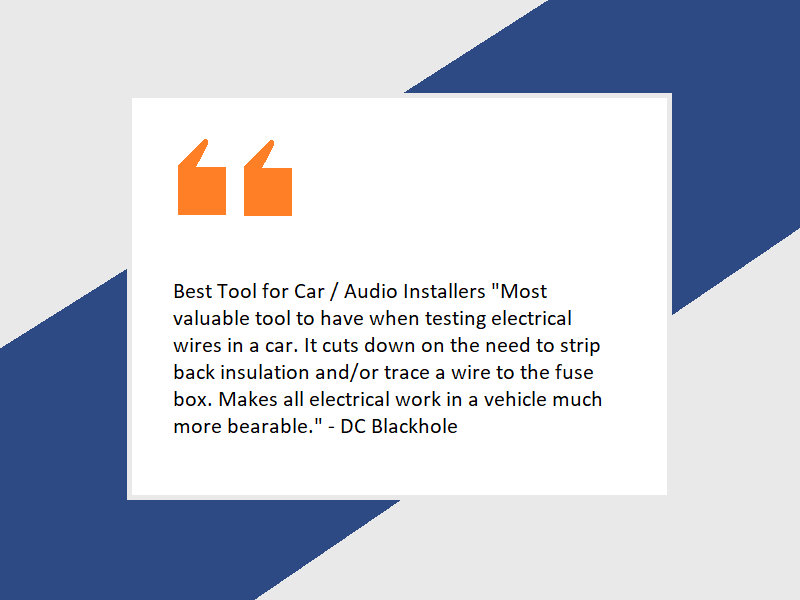
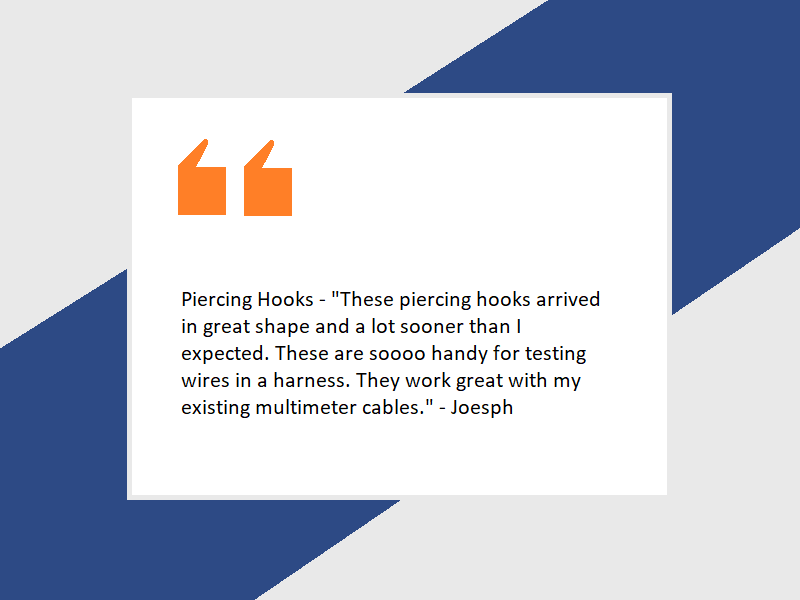

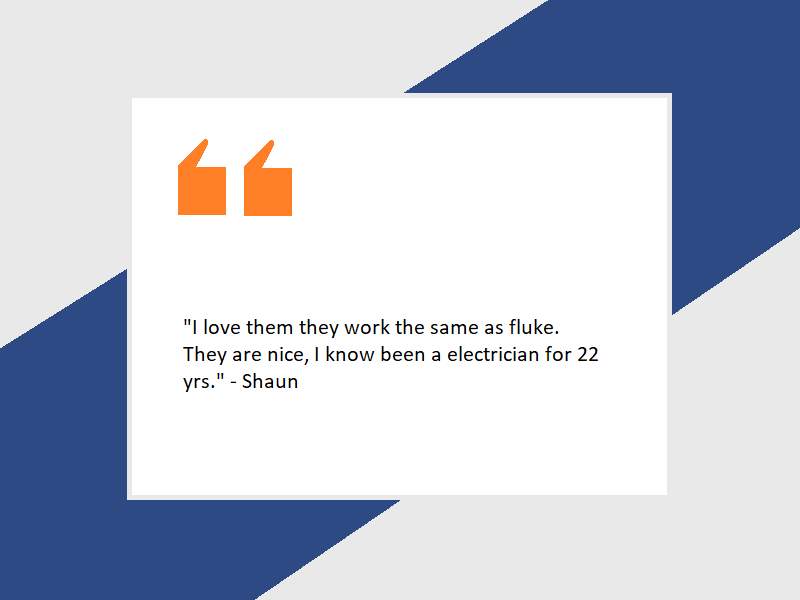
Flyers/Spec Sheets for Insulation-Piercing Solutions
Tech Specs (XJ), Tech Specs (XJL)
Tech Specs (XEP), Tech Specs (XEPA)
Tech Specs (4), Tech Specs (6), Tech Specs (8), Tech Specs (10)
Flyer (619XJL), Flyer (619XEL), Flyer (633XJL), Flyer (633XEL), Flyer (BXJL), Flyer (BXEL)
*Disclaimer: The recommended wire gauges that can be pierced with the components are based on the contact tip diameter. Check data sheets for exact dimensions to confirm they are compatible with your testing requirements.
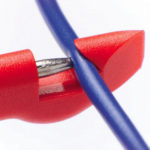
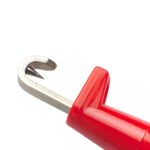
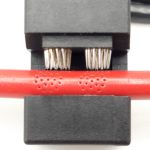
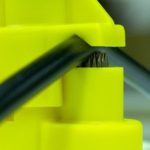
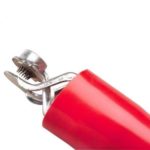
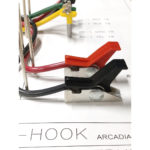
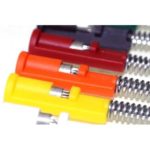
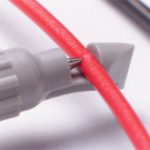
Of course, what a fantastic blog and instructive posts, I definitely will bookmark your blog.All the Best!
As I website possessor I believe the content matter here is rattling fantastic , appreciate it for your hard work. You should keep it up forever! Best of luck. Fancy Hugh Brandy
Thank you for your blog. Really looking forward to read more. Much obliged. Maribeth Lonnard England
Good to see such a nice Blog Posts.
There doesn’t appear to be anything missing from your response. That’s a truly remarkable accomplishment. The fantastic work you’re doing deserves to be recognized.
Thanks for sharing this.
Great blog post! Insulation piercing connectors and test leads are essential for electrical testing. Car customization enthusiasts can also benefit from these tools when installing custom lighting or upgrading their vehicle’s electrical systems. It’s important to use reliable connectors like the ones E-Z-Hook offers to ensure safety and efficiency. Kudos!
Thanks , I’ve just been looking for info about this topic forages and yours is the best I’ve found out so far. However,what concerning the bottom line? Are you certain in regards to the supply?
Aw, this was an extremely nice post. Taking the time and actual effort to make a very good article… but what can I say… I put things off a whole lot and never manage to get anything done.